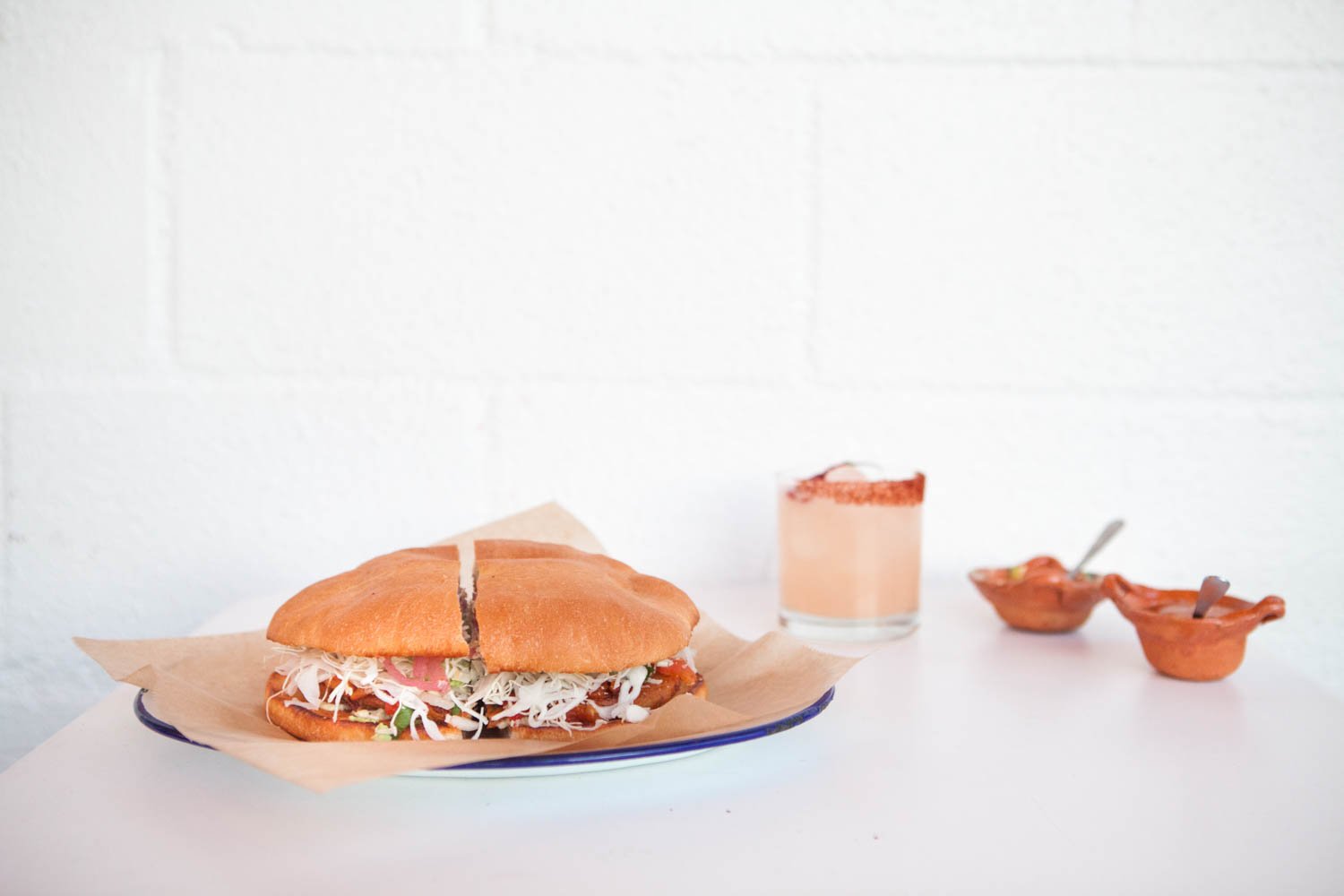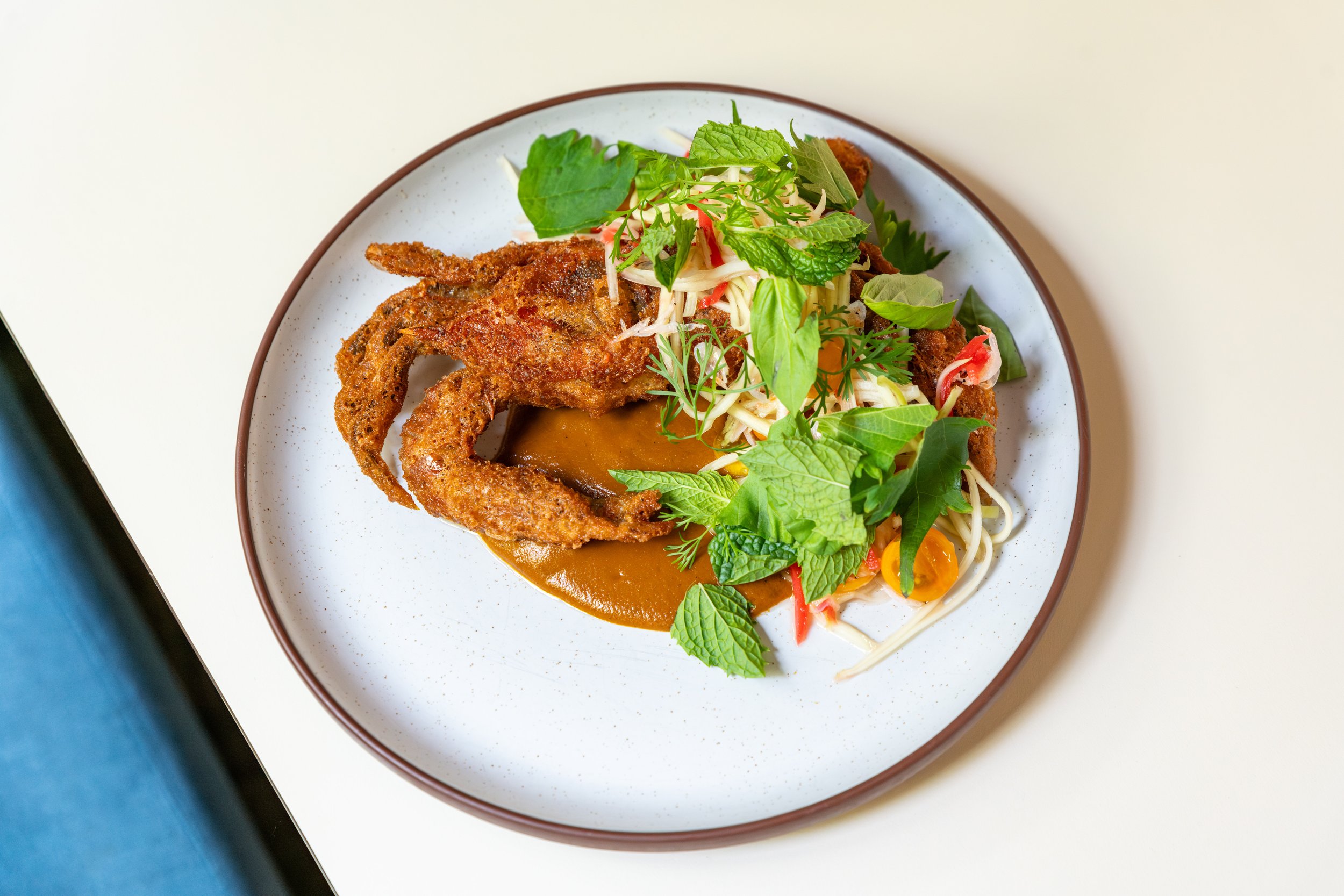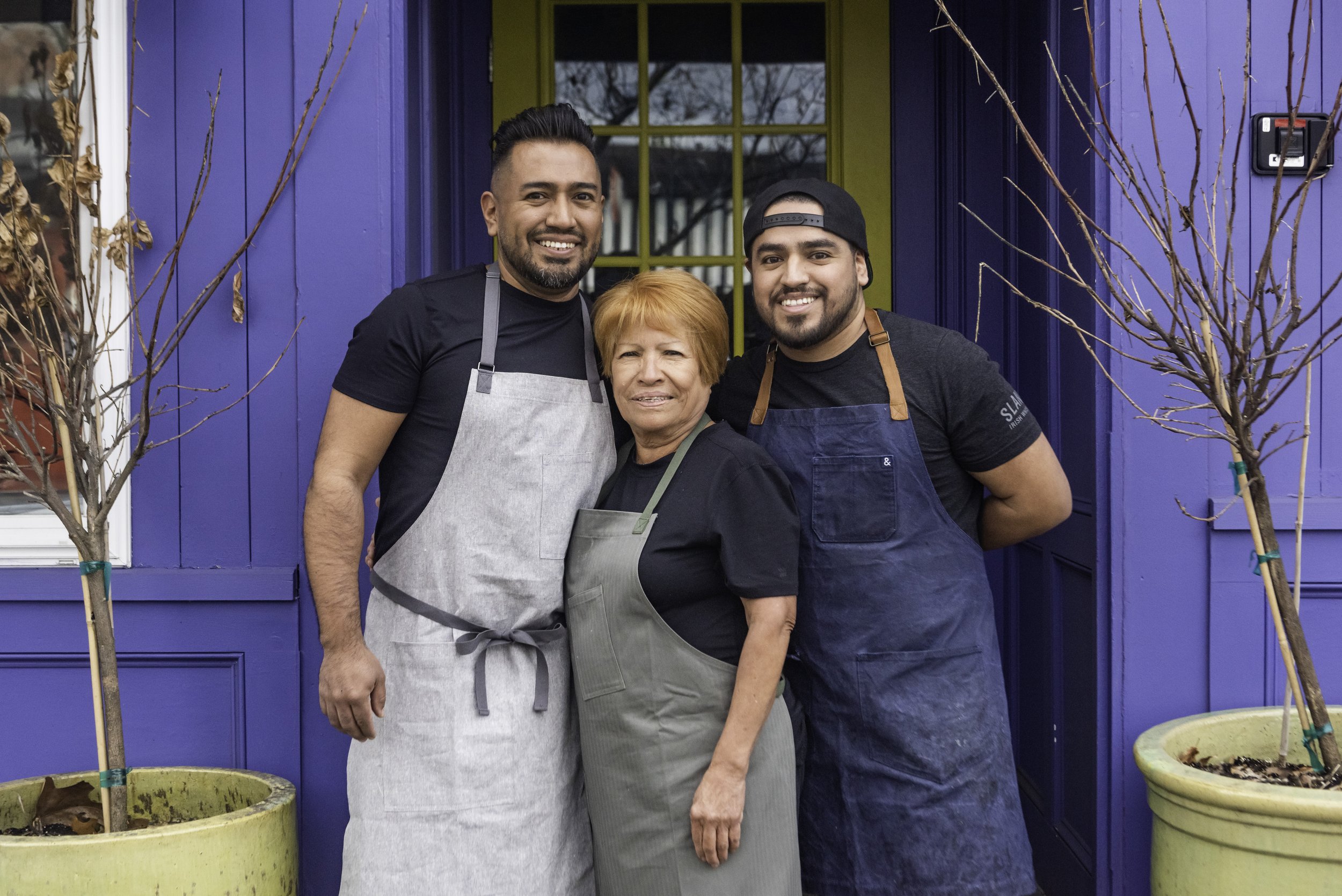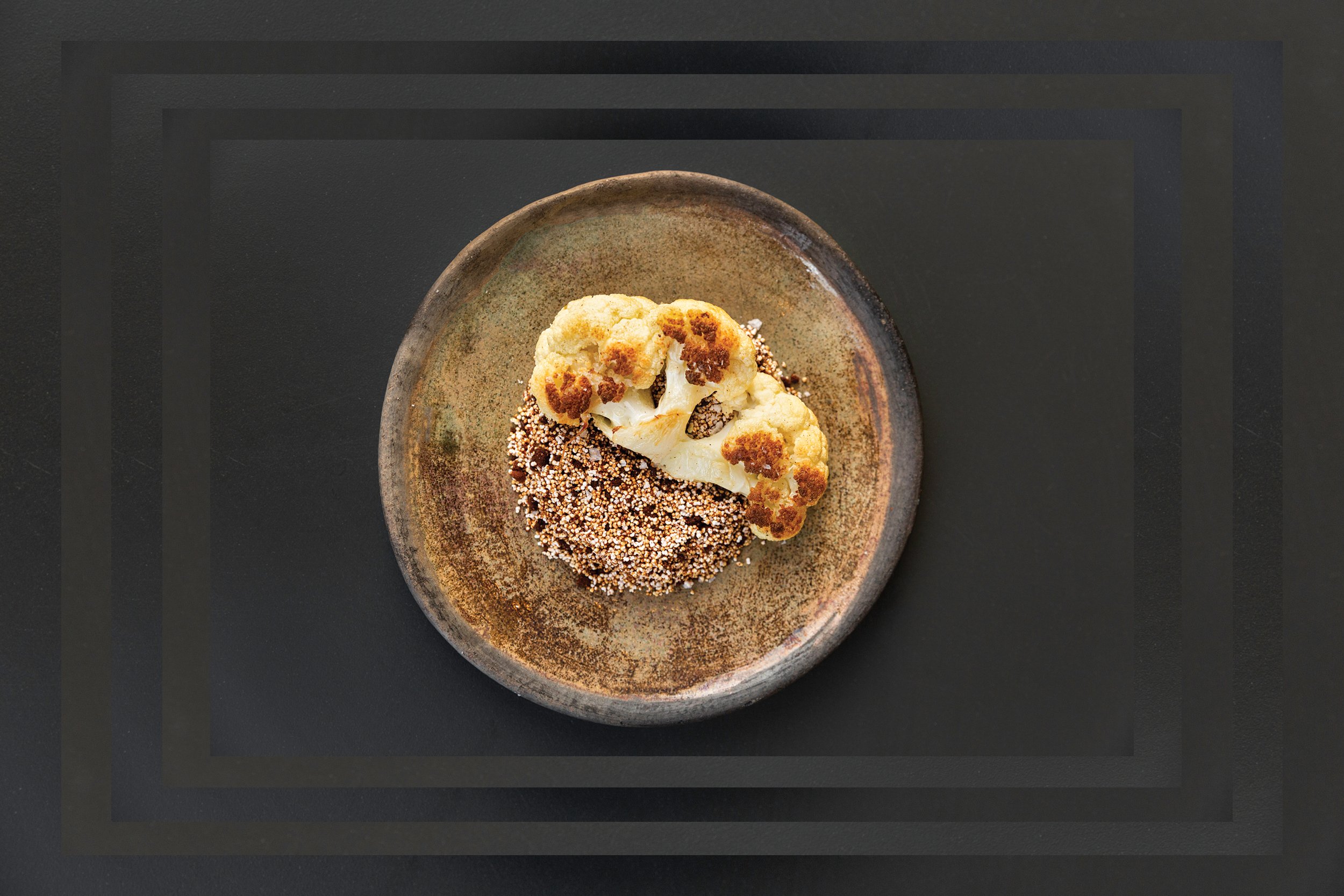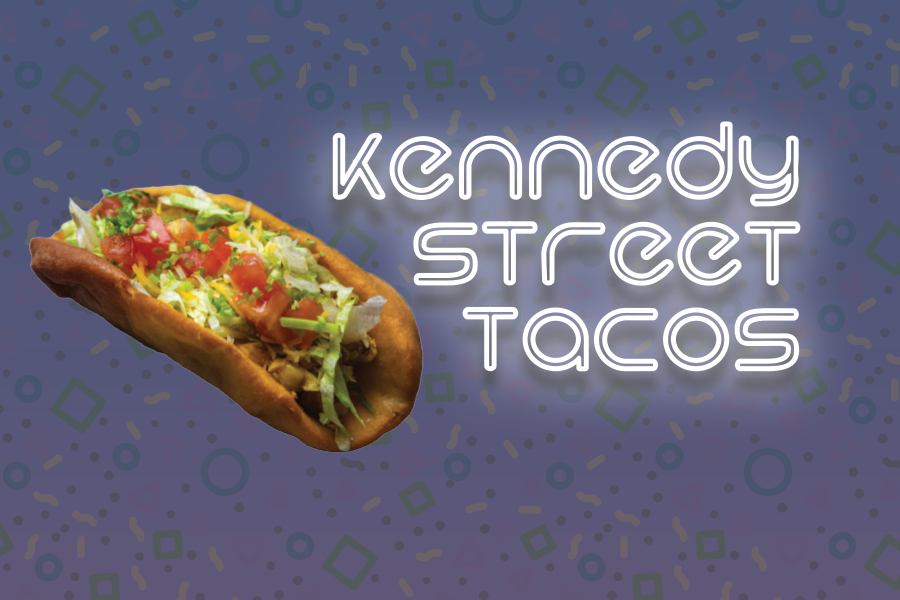Tailor-Made Torta
The good folks at Güero in Portland break down the torta by bread, cut, toast, fillings, salsa, and more.
Güero started out as tortas delivered by bike, then it became a food cart, and in 2017—six years after proprietors Megan Sanchez and Alec Morrison sold their first sandwich in Portland—Güero opened its doors as a full-on restaurant.
Sanchez and Morrison’s tortas represent the state-to-state diversity of Mexico. In the Yucatán, for example, “pollo pibil” dominates with achiote and citrus marinated chicken, avocado, pickled red onion, cilantro, lettuce, and mayo on telera. In Jalisco, the “ahogada” is common: pork shoulder carnitas, habanero slaw, and cilantro on bolillo and drenched with achiote-tomato sauce. Both styles are represented on the menu at Güero, and both are irresistible. As a format, traditional torta making follows a set of guidelines beyond regional specificity. One rule Sanchez and Morrison keep in mind above all others comes from Diana Kennedy, the Mexican cooking authority and recipient of the Order of the Aztec Eagle. Kennedy has said that all the preparations for a torta are important, but at the end of the day, “it’s got to be luscious.”
Torta Ahogada: Carlton Farms Carnitas (Pork Shoulder), Habanero Slaw, Cilantro, Achiote Tomato Sauce
BREAD
The bolillo is a shorter, fat-in-the-middle baguette common throughout Latin America. The telera, pictured here, is similar to a French roll and most commonly used for tortas throughout Mexico.
CUT
The rules of perfection are different for a bolillo versus a telera. Slice the bolillo widthwise, but not all the way through, like a sub, hero, hoagie, or grinder, depending on where you’re from. Pull out some of the excess bread to ensure the fillings may be layered in evenly, and the ratio of bread to filling isn’t overwhelming. A telera gets a nice even cut through the bread, from nose to tail, so it will steam and toast evenly on the plancha.
TOAST
After adding fillings, close the bolillo and butter the outside before sliding the torta into a panini press. Cook the torta low and slow, heating it through while achieving a crisp exterior and softer interior. Add a sheen of corn oil to a plancha and press the interior of the telera halves on top, heating them through and achieving a light toast. Build your torta without toasting the outside of the bread, the reverse of the bolillo style.
FILLINGS
As with much of Mexican cuisine, the torta has a long prep list and a short pick-up. Balance is key when stacking fresh, cold vegetable preparations with warm, rich meats. The most traditional fresh components are shredded cabbage, tomato, cotija cheese, a mayonesa smear or sauce of some sort, and a kaleidoscope of pickles. “My favorite ingredients on any torta are raw, crunchy onions, lime, and cilantro. That tastes like Mexico to me,” says Sanchez. For Morrison, “avocado is non-negotiable.”
SALSAS
Sanchez and Morrison serve two versions of carrot-habanero salsa on the side, one mild and the other spicy AF.

